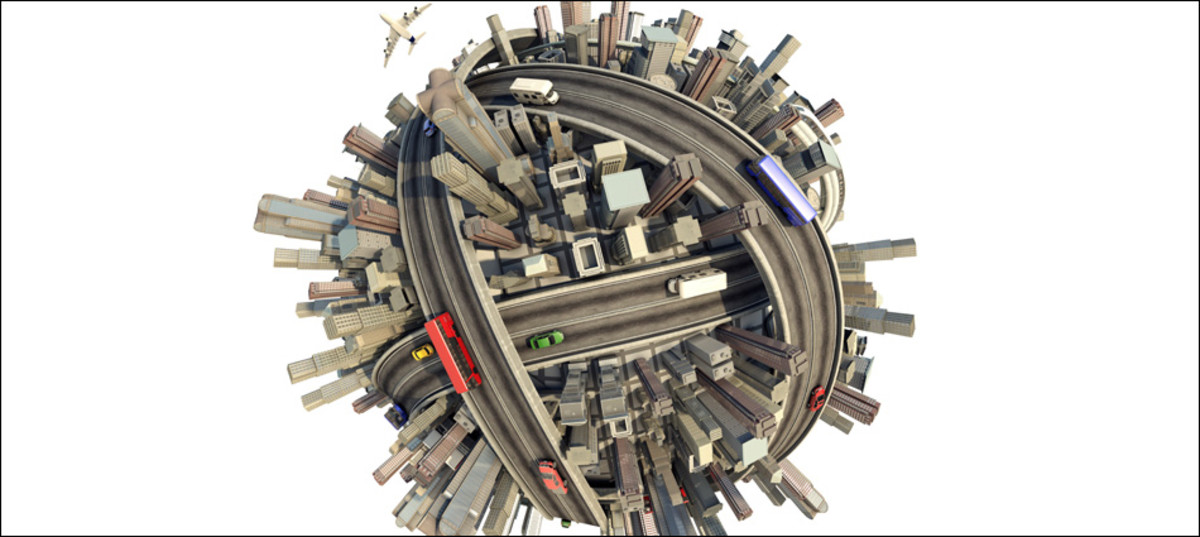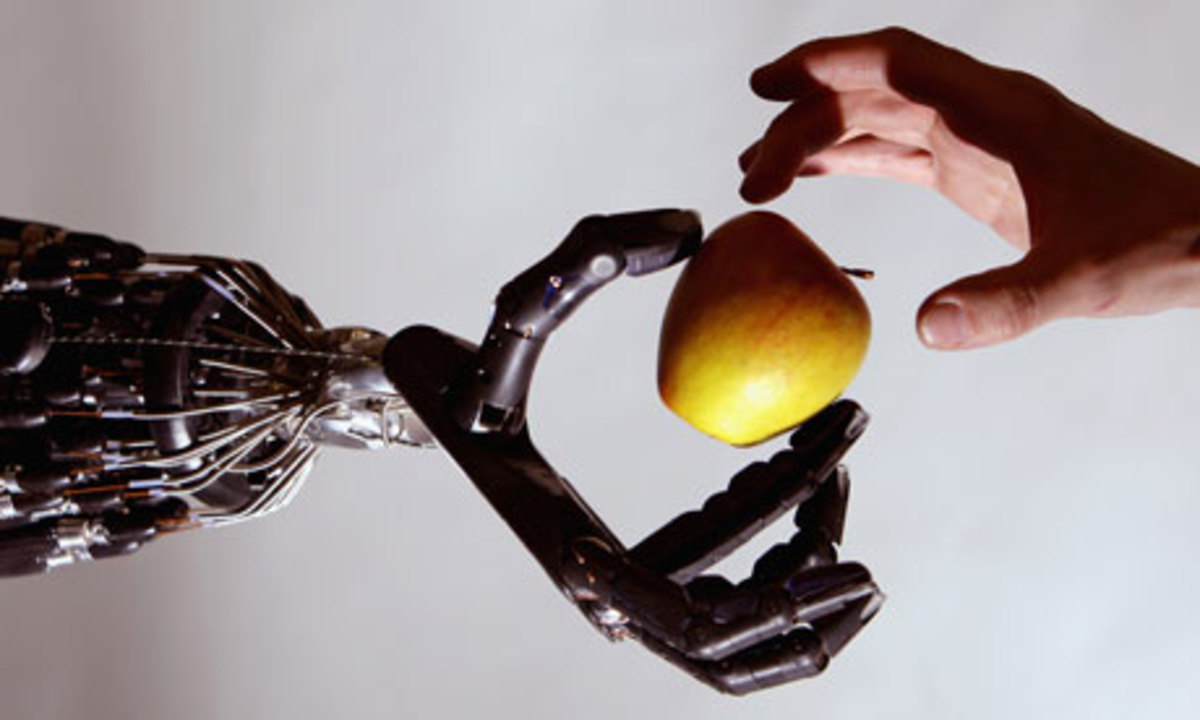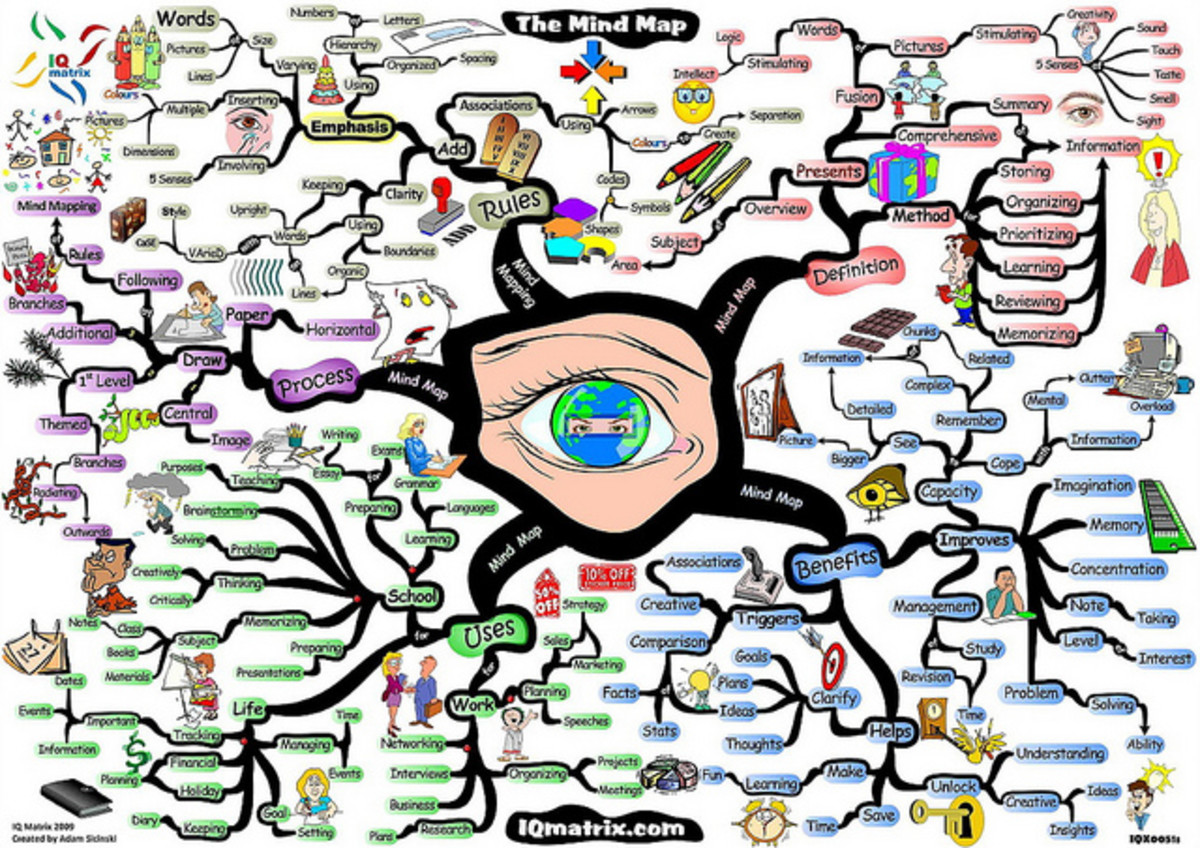Farming Communications for Global Green Revolution
Developmental communications
Communication is the basic need for the society for sharing knowledge and information. There are various media by which communication is possible for the public. Mass media play the biggest role in most of the communications.
It is a period of transition in communication platforms all over the world. Different categories of persons are using different media today.
It is a technology-driven transition. On one hand, the mainstream media are continuing with print and broadcast. On the other hand, alternative communication media are strongly emerging. Social media communications are also becoming strong tools. Over the Internet, communication is becoming systematic and more and more communication platforms are shifting from traditional media to internet media communications.
Development and communication are interlinked. Successful development needs strong and potential communication with the public.
In countries like India with a large population of the farming community and pluralistic media platforms are reaching the population for which single means of communication is not feasible, particularly at this era of transformation, depending on a single form of media will result in incomplete communication of information. Therefore, multiple streams of communication have to be adopted for agricultural developmental communication.
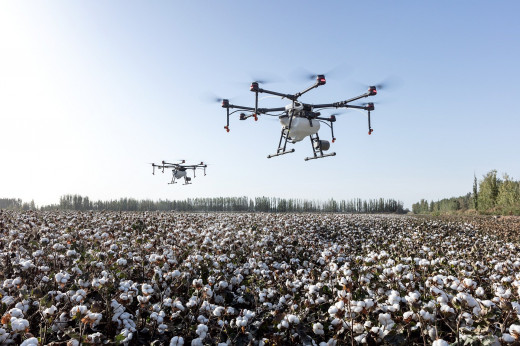
When the scenario of communication in the entire world is transforming, agriculture alone cannot stay deprived of it.
Rural media scenario
Print media
Newspapers and magazines are the major sources of information communication. English, regional and local language editions are being published. These play a vital role in the farm media scene.
Broadcast media
Radio and television programmes on agriculture are the prime audio and visual communications reaching the farming households.
Internet websites
These are the new age communications, probably not as much appreciated and engaged among the farming community compared to the other communications. This is particularly true as far as computer-based internet platforms are concerned. Let it be websites, blogs or the e-books, these are less appreciated by the farming community. This may be more because of the office mode of system set-up and partly because of the inferiority complex in learning computer handling.
Mobile communications
Mobile communications and the mobile-based digital platforms including the social media and chatting media are well accepted by the farmers’ community in tune with the other communities. At the present scenario, probably the most deeply connected devices are mobile devices of communication among the farming community.
It is sequential progress which resulted in development. Continued sequential communication also is required to initiate and continue development. In the agricultural scenario, radio communication has played a major role in the transformation of agriculture. It has its own role in bringing the green revolutions and increasing the agriculture-based GDP.
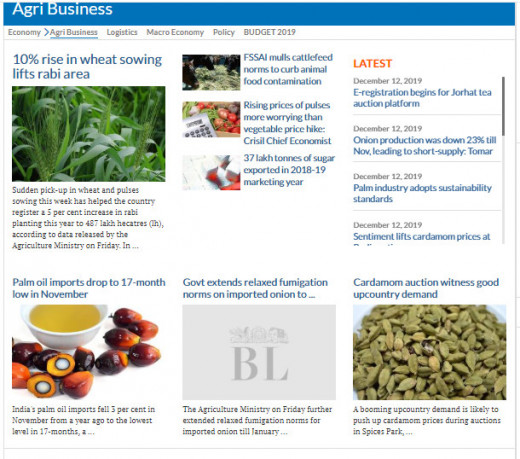
Communication
Mobile phone communications have changed the world including the farming sector. Farmers are using Android phones as well as social media for communication combined with entertainment. Unlike the good old days where the farmers were only exposed to their fields and the art of production of crops, remaining backwards in every other aspect, at present, they are highly ambitious and are aware of the day to day happenings in the world.
Top-down approach
Communications were following a top-down approach as far as the traditional media were concerned. The newsmakers and government used to send a message down to the common people at grassroots levels. Now after the mobile communication has become revolutionized and data communication is cheaper, communication takes place in bottom-up and multidirectional on multiple dimensions as well.
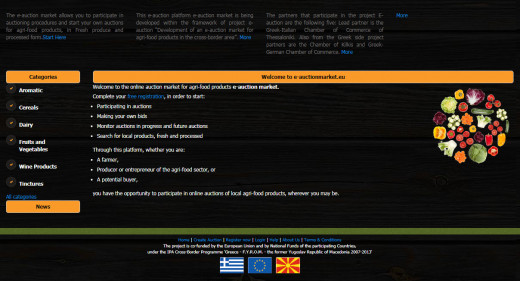
New challenges
Challenges are emerging day by day and also solutions are discovered at an equal pace. The issue is the inclusive development of every farmer, irrespective of media use. In a democratic environment, Governments cannot impose a particular media usage to a particular issue. The issues of seed quality, new variety release, fertilizer formulations, pest and diseases problems and the quality of the harvest are all managed to utilize mobile-based bots and decision support systems. At the same time, new challenges arising and have caused considerable apprehension.
Business value chains
Electronic databases of stocks, prices, export and imports are the largest source of information in agribusiness. FAO maintains FAOSTAT for worldwide agricultural production and marketing data. Physical trade, e-auctions and supply of speciality and common products over e-commerce platforms are effectively being carried out now.
Climate change
Global warming natural calamities and the increase in pollution are all matters debate. The climate and weather forecast systems are now helping the farmers worldwide. It is also creating awareness of pollution-free living. More carbon in soils and less carbon in the atmosphere, more crops per drop, colour palette based health detection in field crops are all the advancements based on mobile phones, connecting farmers with the experts.
Biodiversity
Biodiversity conservation of biodiversity exploitation is the two side’s coin in agriculture. Role of biodiversity in ecology and the need for biodiversity conservation as well as natural farming practices got worldwide recognition over the digital communication platforms.
Land-use change
Changing land uses as well as changing cultivation according to seasons also is seen among the farmers. Looking for higher and higher remunerations and recognition in society promote cash crops. Planners and strategy managers can GIS-based information on land use and ideas according to the databases based on various mobile applications.
Technology and skills
Pre-harvest and post-harvest technologies also becoming advanced. Machine driven cultivation harvesting and processing making the scenario more advanced. Latest machinery and processes necessitate skilled operators. Digital multimedia communications make it far easier to impart various skills.
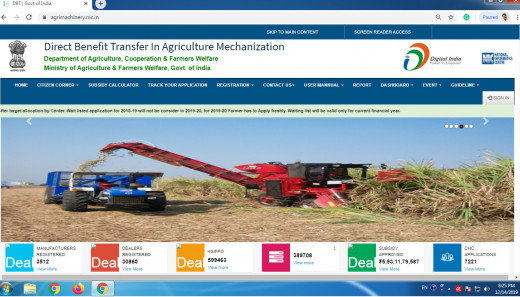
Social concern
Increasing communication reach and diminishing geographic boundaries have brought in more responsibility for farmers as global feeding community. Strategists and analysts also can make more precise decisions for planning appropriate strategies and forecasts.
Online media platforms
Over the top television channels are emerging. These platforms are imparting knowledge to the agriculturists. So are the YouTube channels and podcasts. Internet is revolutionizing the farming sector also because of data-driven digital communication.
Knowledge, guidance, information and communication are positively helping for the increase in production, productivity and marketability. Effective use of agricultural lands and effective marketability are now possible. These are now making the agriculture-oriented stakeholders more proud and ambitious. There is no doubt, shortly we are going to witness the technology-driven green revolution very soon.
This content is accurate and true to the best of the author’s knowledge and is not meant to substitute for formal and individualized advice from a qualified professional.
© 2019 Halemane Muralikrishna




